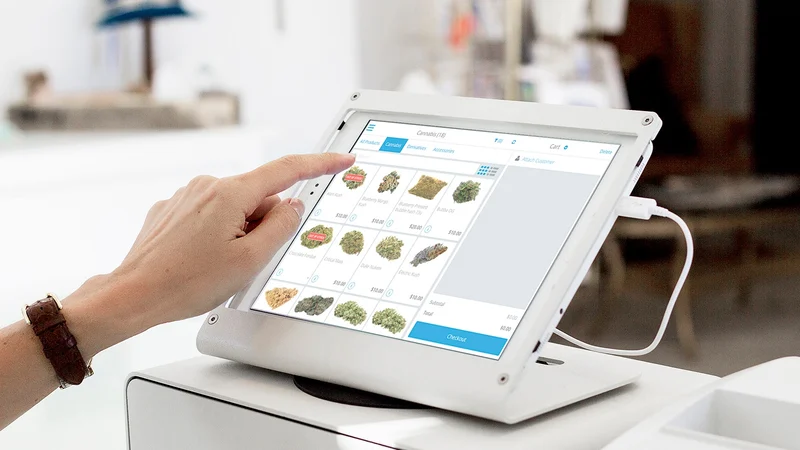How Workforce Management Software Enhances Remote Work Efficiency

In recent years, remote work has become increasingly popular, allowing employees to work from the comfort of their homes or any location with internet access. While remote work offers flexibility and convenience, it also presents unique challenges in terms of managing teams, tracking productivity, and ensuring effective communication. Fortunately, workforce management software has emerged as a valuable solution to enhance remote work efficiency. In this blog, we’ll explore how workforce management software streamlines remote work processes, fosters collaboration, and empowers both employers and employees.
Understanding Workforce Management Software
Workforce management software is a comprehensive tool designed to assist organizations in managing their workforce efficiently. It encompasses various functionalities, including scheduling, time tracking, task management, performance monitoring, and communication tools. With workforce management software, employers can streamline administrative tasks, optimize resource allocation, and improve overall productivity.
Facilitating Remote Team Collaboration
One of the key challenges of remote work is maintaining effective collaboration among team members who may be geographically dispersed. Workforce management software addresses this challenge by providing centralized platforms for communication and collaboration. Features such as instant messaging, video conferencing, and document sharing enable remote teams to stay connected, share information, and collaborate on projects seamlessly.
Optimizing Scheduling and Time Tracking
Workforce management software simplifies the process of scheduling shifts and tracking employees’ working hours, regardless of their location. Managers can create schedules, assign tasks, and track attendance in real-time through the software’s intuitive interface. Employees can access their schedules, clock in and out, and request time off directly from their computers or mobile devices, eliminating the need for manual timekeeping methods.
Ensuring Accountability and Productivity
Remote work may raise concerns about accountability and productivity, as employees are not physically present in the office. Workforce management software helps address these concerns by providing visibility into employees’ activities and performance. Managers can monitor work progress, track task completion, and analyze productivity metrics to ensure that deadlines are met and goals are achieved.
Empowering Employee Self-Management
Workforce management software empowers employees to take control of their work schedules and tasks, promoting autonomy and self-management. Through self-service portals, employees can view their schedules, request schedule changes or time off, and access relevant documents or resources. This autonomy fosters a sense of ownership and responsibility among remote workers, leading to increased job satisfaction and performance.
Improving Communication and Feedback
Effective communication is essential for remote teams to collaborate successfully and align their efforts toward common goals. Workforce management software facilitates communication by providing channels for real-time messaging, video conferencing, and email integration. Additionally, built-in feedback mechanisms enable managers to provide timely feedback, recognize achievements, and address concerns, fostering a culture of transparency and continuous improvement.
Enhancing Compliance and Reporting
Compliance with labor regulations and reporting requirements is critical for organizations, regardless of their workforce’s location. Workforce management software helps ensure compliance by automating time tracking, overtime calculations, and leave management in accordance with labor laws and company policies. Furthermore, the software generates detailed reports and analytics, enabling managers to monitor compliance metrics and make data-driven decisions.
Promoting Work-Life Balance
One of the primary benefits of remote work is the opportunity to achieve a better work-life balance. Workforce management software supports work-life balance by allowing employees to set flexible schedules, adjust their workload based on personal preferences or commitments, and prioritize tasks according to their availability. By promoting a healthy balance between work and personal life, organizations can improve employee satisfaction and retention.
Ensuring Data Security and Privacy
While workforce management software offers numerous benefits, it’s essential to prioritize data security and privacy, especially when dealing with sensitive employee information. Organizations must implement robust security measures, such as encryption, access controls, and regular security audits, to protect data stored and transmitted through the software. Additionally, compliance with data protection regulations, such as GDPR or CCPA, is imperative to safeguard employees’ privacy rights.
Conclusion
In conclusion, workforce management software plays a vital role in enhancing remote work efficiency by facilitating collaboration, optimizing scheduling and time tracking, ensuring accountability and productivity, empowering employee self-management, improving communication and feedback, enhancing compliance and reporting, promoting work-life balance, and ensuring data security and privacy. As remote work continues to become the norm for many organizations, investing in workforce management software is essential to maximize productivity, foster employee engagement, and achieve business success in the digital age.






